- Take your mouthpiece to a technician for repair if you notice any dent on it.
- When dirty wash the bottom caps with warm water and let it dry before reassembling and greasing.
- Grease your slides monthly
- Wipe the instrument with a soft cotton cloth after use.
- Don’t attempt to remove stuck parts with hammers or pliers
- Don’t put anything inside other than your instrument into the carrying case (not even your music note).
- Make sure that the latches are tightly closed before moving the instrument.
Price tag
Since no two piccolo trumpets model is exactly the same, they aren’t going to be sold at the same price. While there are top-notch and pricy models like the Bach AP190 and the Yamaha YTR-6810S, there are budget-friendly models like the Classic Cantabile PT-180.
If you are a greenhorn player, it is wise you invest in durable budget-friendly models. Investing in a super expensive model isn’t really smart move because it isn’t going to make you a professional player overnight.
On the other hand, if you are an expert player looking to replacing your current piccolo trumpet, then you can opt for expensive models like the Bach AP190.
Features to consider while buying the perfect piccolo trumpet
As you probably know, there are a handful of important features you need to take careful consideration of when you are looking for a great piccolo trumpet. In this section, we are going to be taking a close look at important features like weight, bell material, keys, valves, finish, mouthpiece, warranty, bore size and user’s level to help you make an educated decision.
Keys
Most piccolo trumpets on the market are pitched with either A or B-flat. This is made possible by the tuning slides and changeable bells. A player can choose between A or B-flat by the way he positioned his hands.
Of course, there are piccolo trumpets with C, G, F, and C-flat, but these models are difficult to find as they are rarely manufactured.
Modern Piccolo trumpets like the Yamaha YTR-6810S and the Bach AP190 are designed to help users play with relative ease.
Valves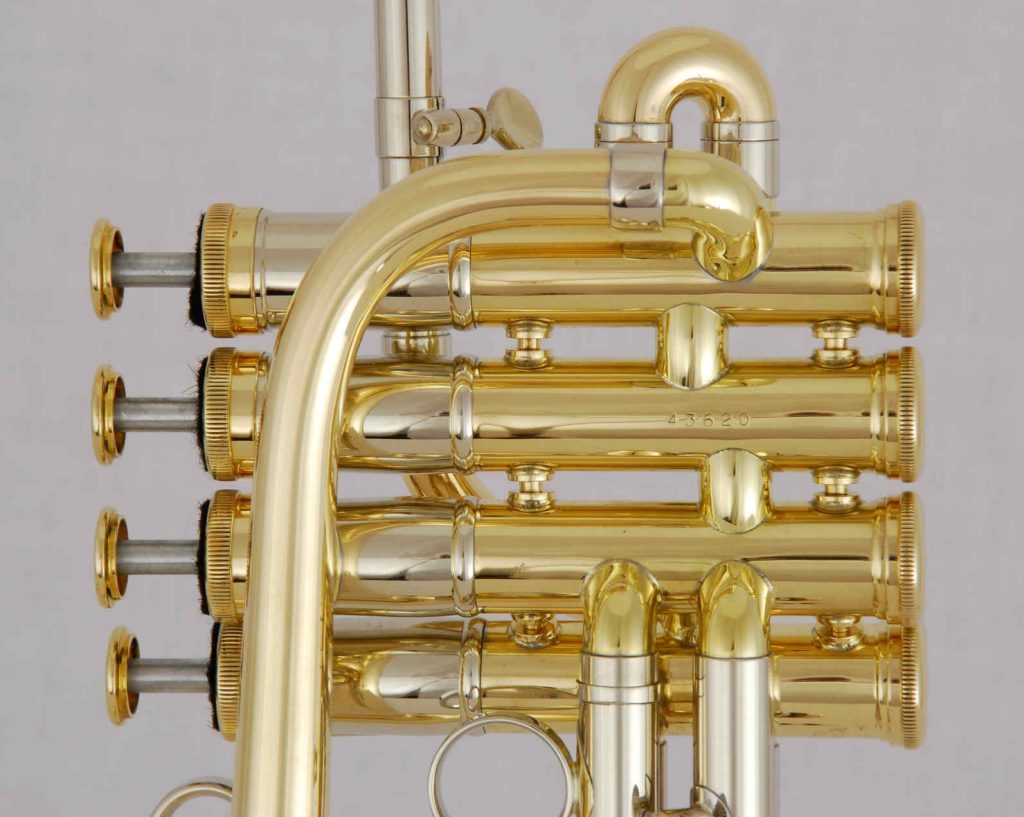
Most modern piccolo trumpet features 4 valves. These valves create a window for players to descend below the middle C down to the low D. The first valve is specifically designed for extending the range. The fourth valve is made to secure the intonation.
On the hand of an expert, a piccolo trumpet can be used to make soft and delicate sound with a piercing touch. To many, the piccolo trumpet is one of the best woodwind brass instrument that can effortlessly blend with the woodwind choir. Piccolo trumpets sound better when played with flutes, oboes, and clarinets.
Bell material
This is a very important feature to consider because it can affect the performance and sound quality of the instrument. Yellow brass is by far the most popular and is used in making most professional and student piccolo trumpet models. Just like yellow bells, rose bells are also common and impact a darker, warmer quality to the tone. Silver bells are rare and are sometimes found in high-grade models. At one time, Nickel plate was popular, now it is difficult to find.
Of course, considering the material the bell is made from is important, but what’s more important is how the bell is made. The best bells are the one hand hammered into shape by a skilled craftsman.
Weight
This is another important feature you should give thought to before making a purchase. Since you are going to be using the instrument for long hours daily or weekly, it is wise you opt for lightweight models like the Cool Wind CPT-200. Using a model that weighs more than 6lbs is certainly going to be a pain, as it will strain your arms and shoulders when you use it for a long time.
Aside from been easy to use, lightweight piccolo trumpets models are super easy to move around or transport.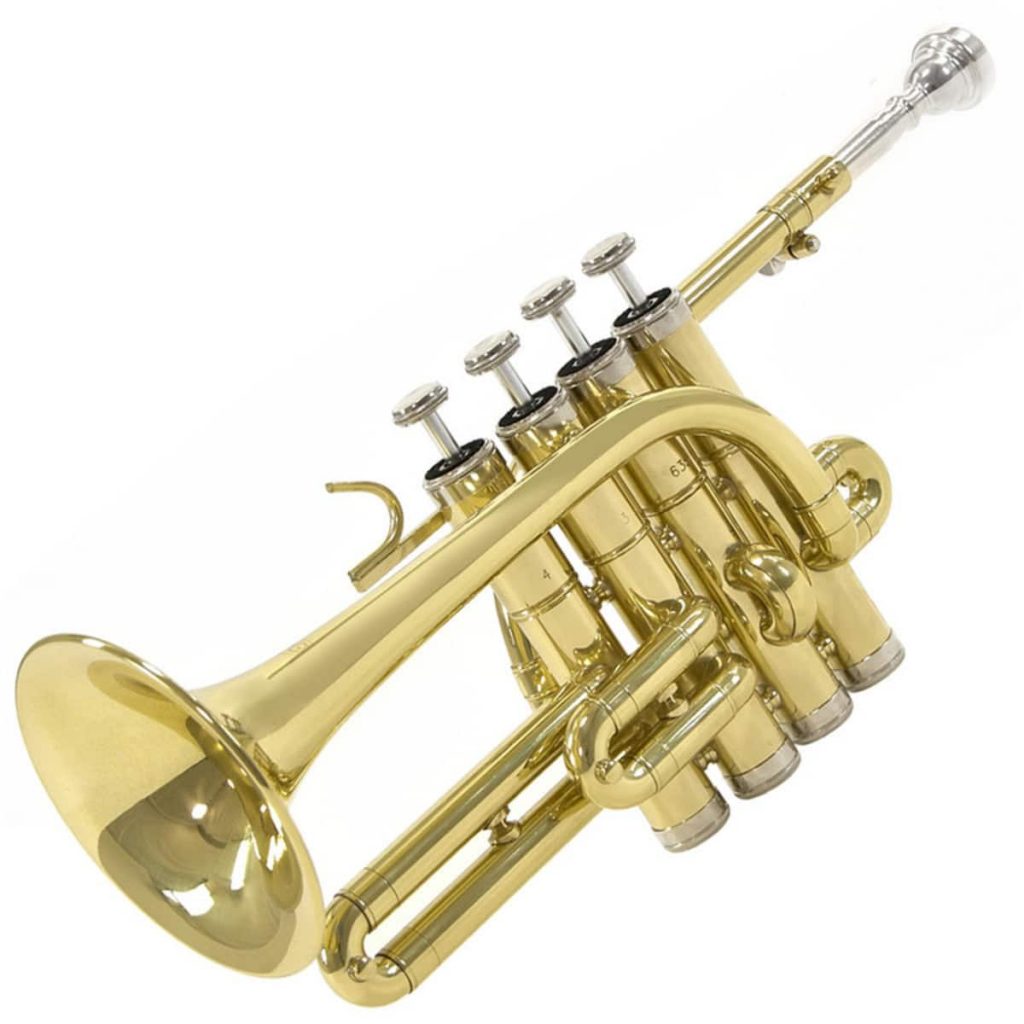
User’s level
While you have the freedom to buy any piccolo trumpet model, it is important that you think about what you are going to use it for before making a final decision. If you play in a popular band, then you should opt for top-notch models like the Bach AP190 and the Yamaha YTR-6810S that can make a clear and strong sound.
On the other hand, if you are an amateur player, your priority should be on the reliability and durability of the instrument. It isn’t smart to go for an expensive model at first as you can easily damage it by inappropriate handling.
There are a couple of piccolo trumpets like the Classic Cantabile PT-180 that are inexpensive and sturdy in construction. These models are perfect for beginners.
Bore size
While some piccolo trumpets like the Yamaha YTR-6810S (413) have a small bore, others like the Bach AP190 has a bore that is close to the size of a regular trumpet. Piccolo trumpet with a small bore is usually very difficult to blow with a mouthpiece cup that is very shallow or a cup diameter that is narrow or a backbore or throat that is too tight. Trumpets with a larger bore, on the other hand, may blow freely with a large mouthpiece.
So, if you have a small instrument like the Yamaha YTR-6810S, you should opt for a mouthpiece with a backbore and throat that aren’t too tight.
Mouthpiece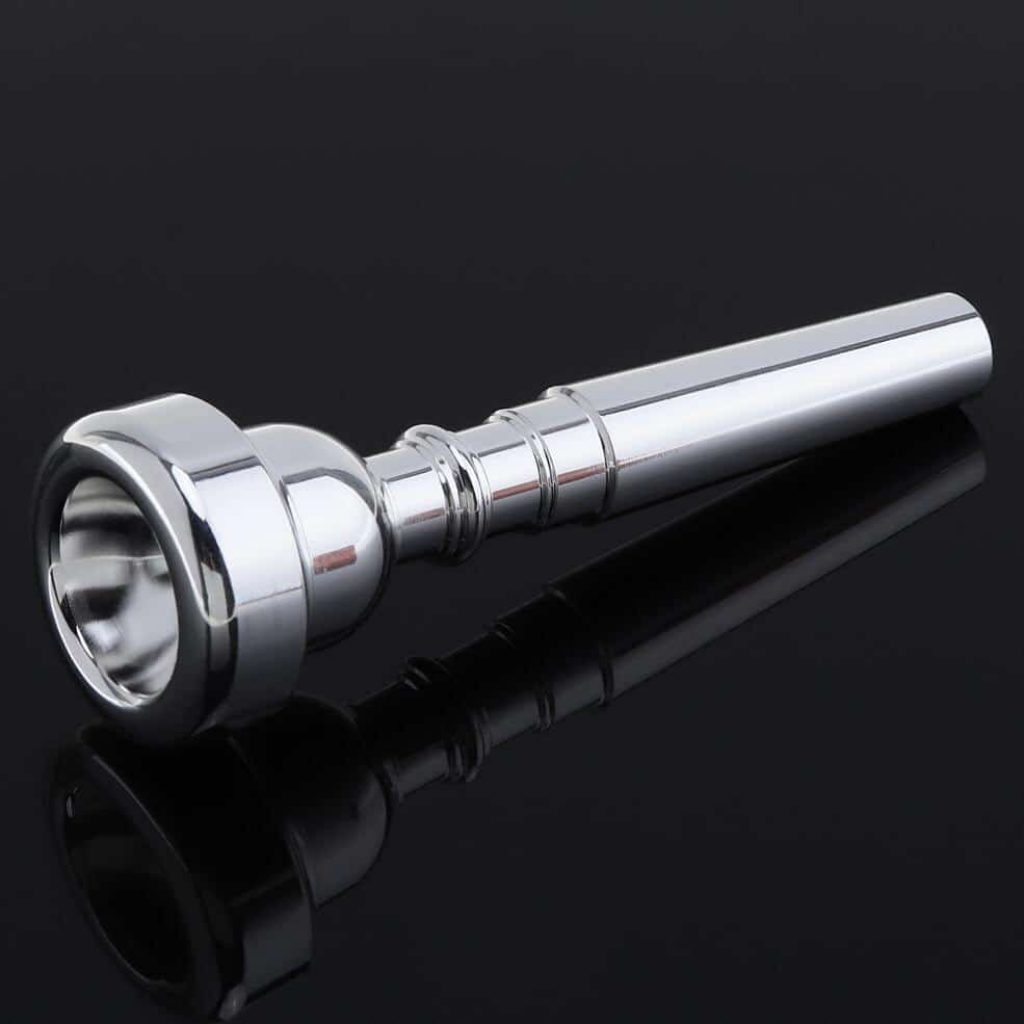
Granted, the mouthpiece might look like a small and insignificant part of a piccolo trumpet, but it is, in fact, one of the most important parts of the instrument, as it can determine to a large extent the nature of the sound it produces.
A mouthpiece with a wide and flat rim will favor endurance and comfort. On the other hand, a mouthpiece with a round and narrow rim will favor articulation and clarity of sound.
Keep in mind that only you can determine the rim that suits your needs. This means that a mouthpiece that is suitable for one trumpeter may not be suitable or even worse for another.
Finish
Most popular trumpets on the market have a smooth and clear lacquer finish on a brass surface. Another common type of finish is a silver plate which is somewhat better than lacquer because it has a thinner coating and it allows the metal to ring and vibrate more, resting in a louder and brighter tone.
Warranty
Whether you are going for expensive piccolo trumpet models like the Yamaha YTR-6810S or cheaper models like the Classic Cantabile PT-180, it is important that you check to see if it comes with a good warranty. That way, you will be covered if anything unfortunate happens to your trumpet through normal use. Do well to read the warranty carefully, as some companies offer partial coverage on all of the different parts.





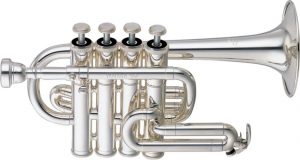

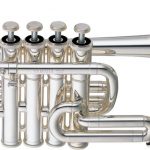
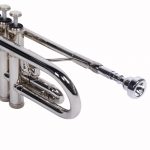

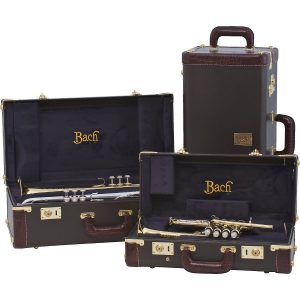
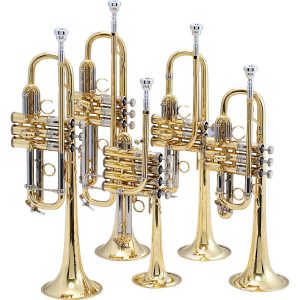
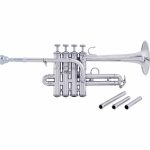
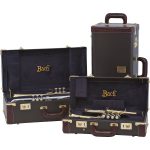
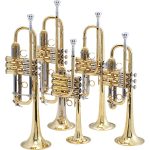
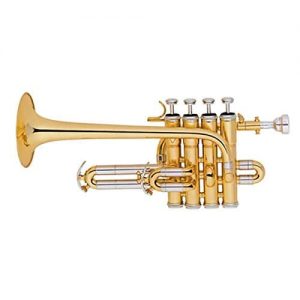
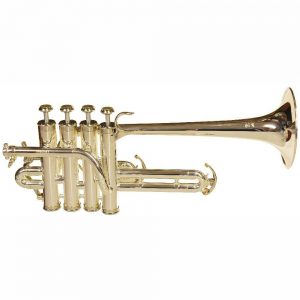
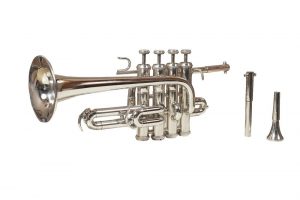
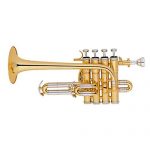
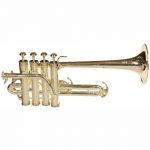
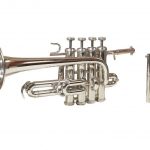

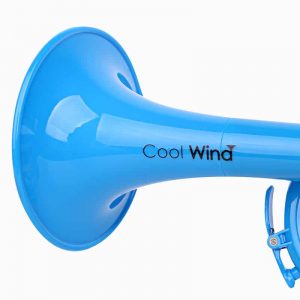
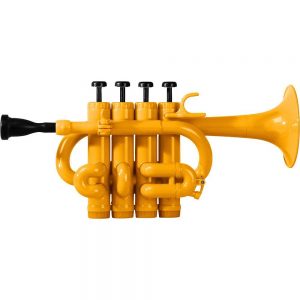
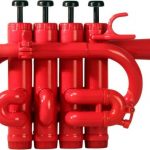



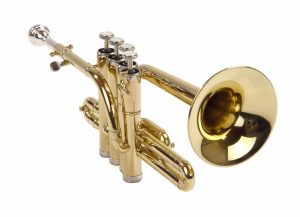
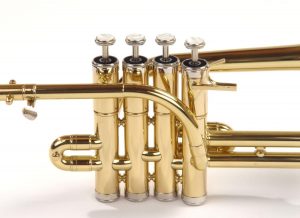
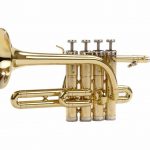

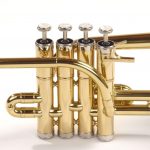
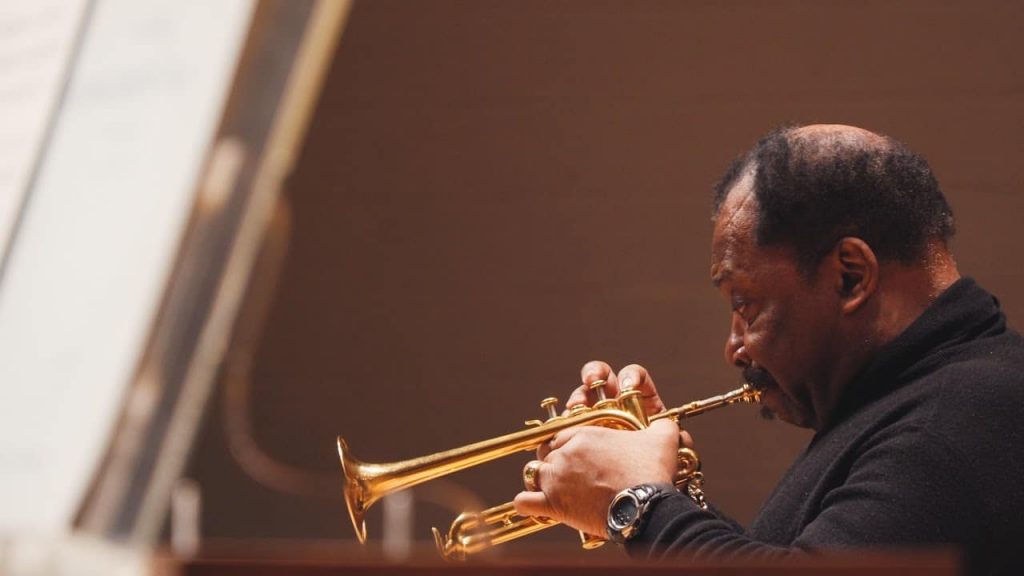









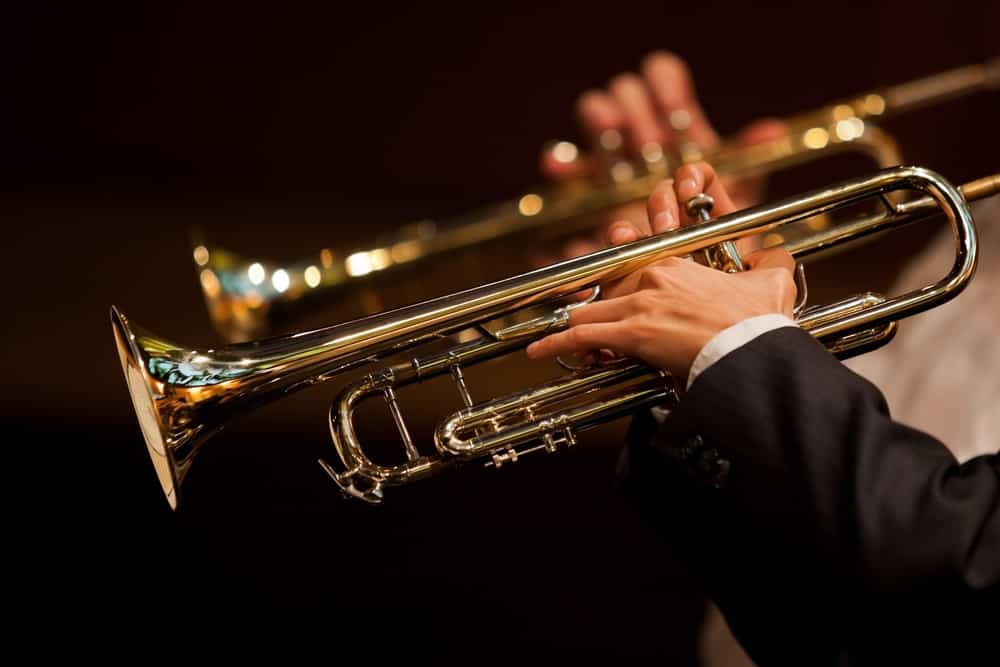


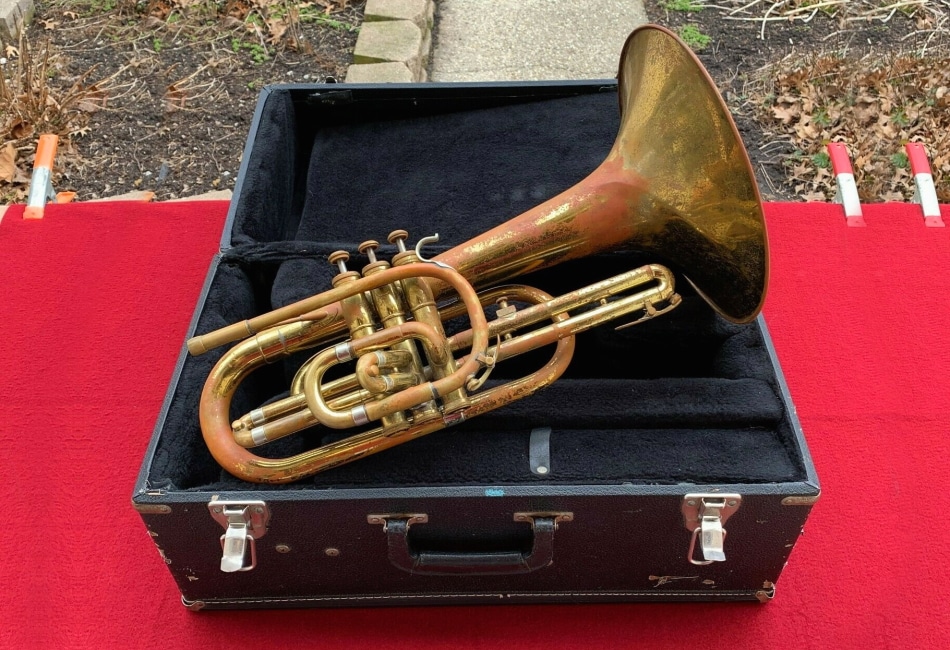

I highly disagree with this list. If you ask nearly any professional classical trumpeter, they will tell you that that the industry standard (with VERY good reason) is the Schilke P5-4. Furthermore, among professionals, Bach piccolo trumpets are generally considered to be some of the worst out there. Realistically, this list should look more like this:
1) Schilke P5-4 (Best Professional)
2) Yamaha YTR-9835 (Editor’s Choice)
3) Selmer Piccolo Trumpet
4) Getzen Eterna
5) Austin Custom Brass Doubler (Best Budget)
One last thing, the Yamaha piccolo listed doesn’t weigh 7lbs. That’s likely the total shipping weight.
Thank you for sharing your opinion and providing an alternative list. We appreciate your input and understand that different professionals may have different preferences when it comes to trumpet models. Our list was based on a combination of expert reviews, customer feedback, and overall popularity. However, we acknowledge that personal experiences and preferences can vary.
Regarding the weight of the Yamaha piccolo trumpet, we apologize for any confusion caused. We will update the information to accurately reflect the weight of the instrument itself. Thank you for bringing this to our attention.
We value your contribution to the discussion and encourage others to share their thoughts as well.
This is an absolutely woeful bit of reading. If you are in the market for your first piccolo or your last, please do not take any advice from this article. I can not state this enough. Find an institution of higher learning (University, College…etc) and get in touch with the trumpet faculty at that school. Their advice would be exponentially more useful that anything in this article.